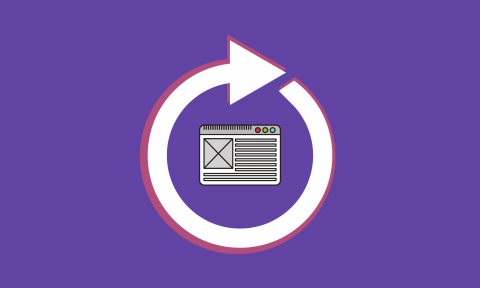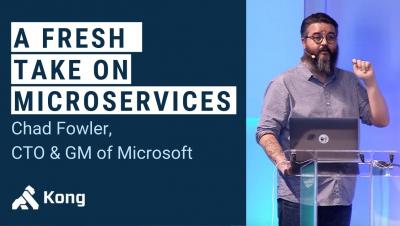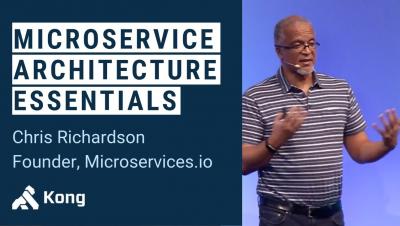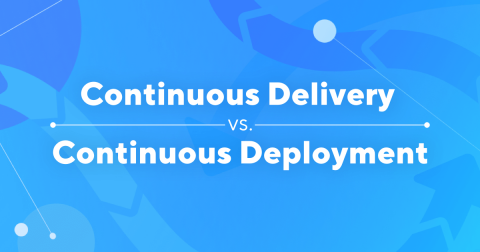Systems | Development | Analytics | API | Testing
%term
11 Creative Ways to Repurpose Your Existing Content & Drive More Traffic
Introducing Kuma: The Universal Service Mesh
We are excited to announce the release of a new open source project, Kuma – a modern, universal control plane for service mesh! Kuma is based on Envoy, a powerful proxy designed for cloud native applications. Envoy has become the de-facto industry sidecar proxy, with service mesh becoming an important implementation in the cloud native ecosystem as monitoring, security and reliability become increasingly important for microservice applications at scale.
ELK with Talend cloud
ELK is the acronym for three open source projects where E stands for Elasticsearch, L stands for Logstash and K stands for Kibana. ELK is a robust solution for log management and data analysis. In this blog, I am going to show you how to configure ELK while working with Talend Cloud. The blog will focus on Loading Streaming Data into Amazon ES from Amazon S3.
Shrinking to Grow: What Small Can Do for Your Organization - Chad Fowler CTO & GM, Microsoft
Microservices: Decomposing Applications for Testability and Deployability by Chris Richardson
Yellowfin Mobile App
The New API - "Application People Interfaces"
In my experience as a digital consultant for Google Cloud’s Apigee team, I’ve found that when a technology gets classified as “middleware,” it’s often encumbered with a scarlet letter of sorts. Business leaders find it unexciting — so much so that they often resign it to the purview of technology professionals and don’t spare a second thinking about it.
Continuous Delivery vs. Continuous Deployment: Where to draw the line?
You’ve likely heard of the term CI/CD pipeline. You have probably known about these practices: continuous integration, continuous delivery, and continuous deployment as well. But the uncertainty remains: What are the differences between continuous delivery and continuous deployment? Which one should you apply to your CI/CD pipeline? How are these terms related to one another? How to find out which one suits your team best?
5 best practices to deliver trust in your data project: Tip #4 Empower organizations with modern tools
Traditional tools for managing data integrity, such as data quality, governance and stewardship tools, were targeted at the most skilled data experts. With the advent of social networks, machine learning and smart pattern recognition technologies, these tools are getting simpler at every release. They now allow anyone with market or customer knowledge to contribute and collaborate in a data governance effort.










